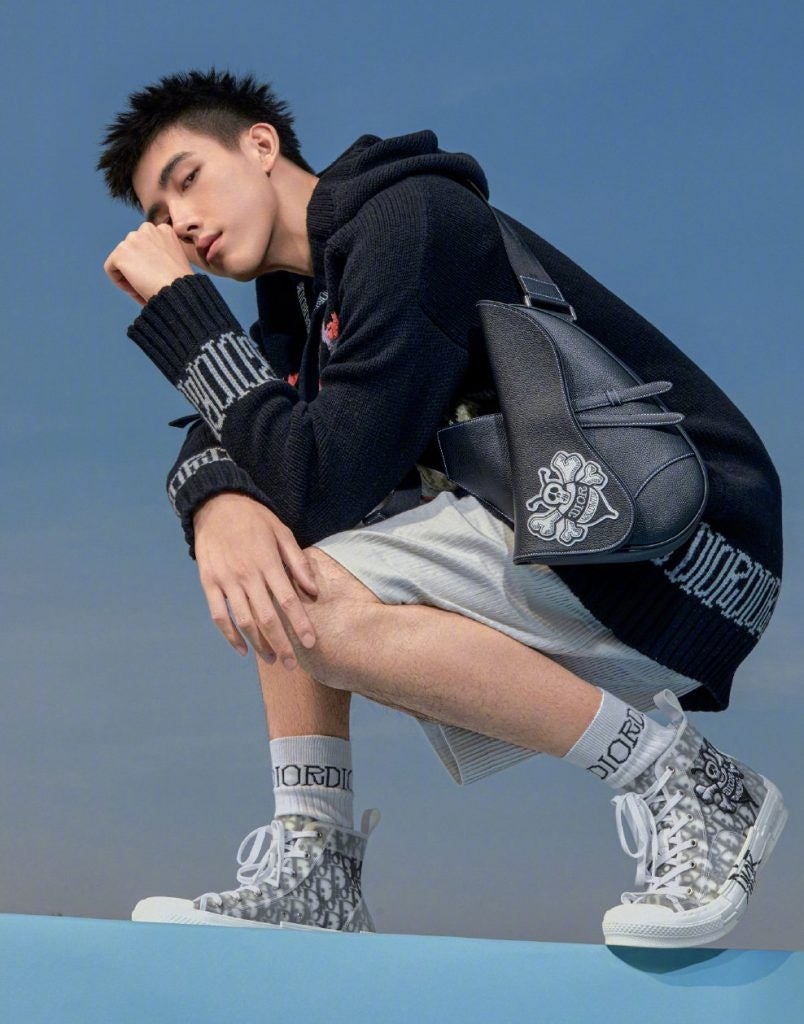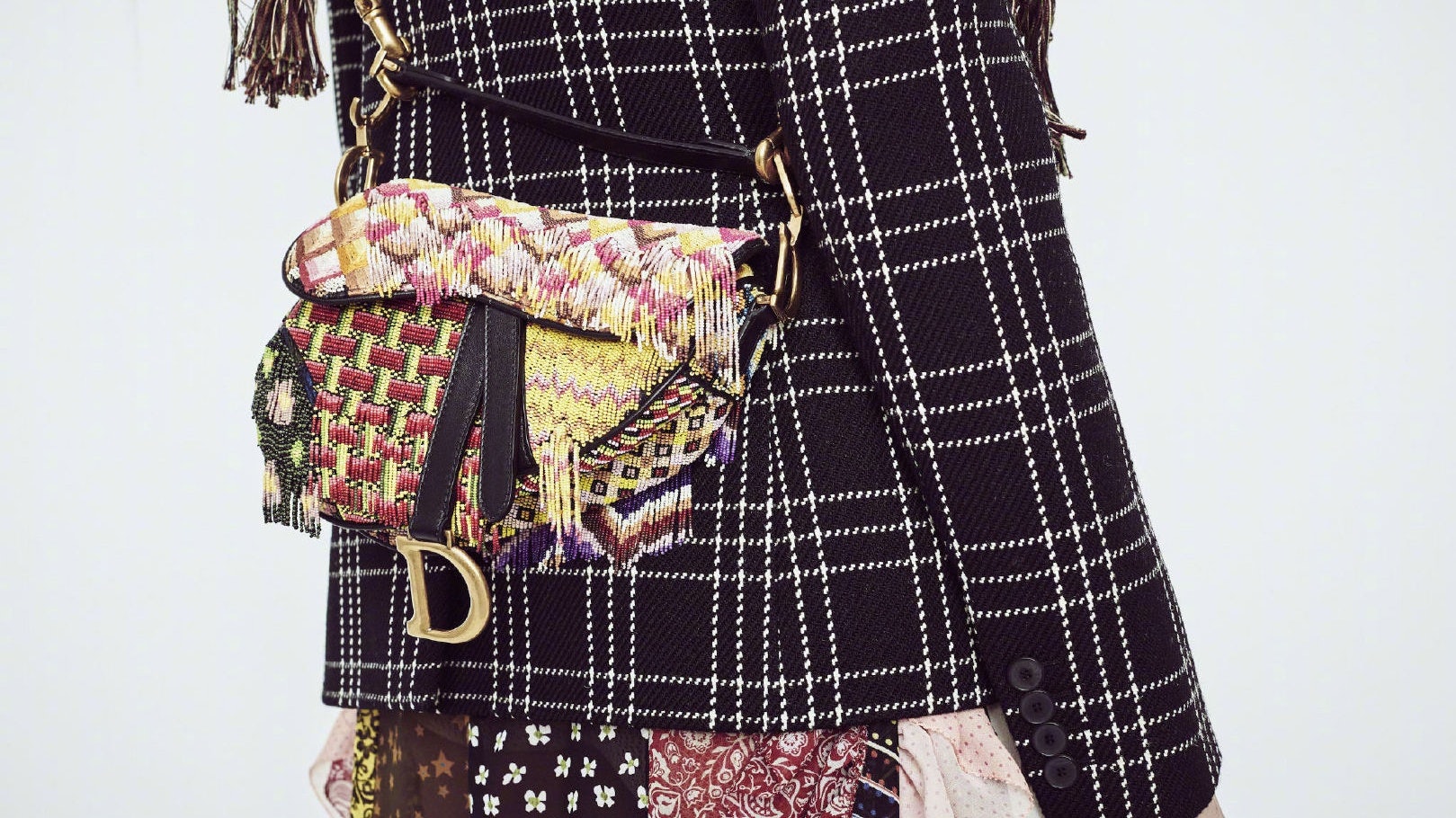Key Takeaways:#
Brands should keep an eye on Chinese consumers’ pursuit of vintage luxury items. These consumers are looking for cost-effective luxury items with high levels of craftsmanship and design that reflect their personal style rather than seasonal products and up-to-date fashion trends.
Over and above re-inventing classic models that have been discontinued, luxury brands should combine the brand story and cultural heritage with contemporary design and quality to imbibe contemporary products with classic elements.
The Chinese second-hand luxury goods market has enormous potential, but for this market to keep developing, it’s still necessary to guarantee authentic products, ensure that supervision and market regulations are in place and that the supply of goods is sufficient.
When looking back at 2020, China's luxury market performed remarkably well, despite the impact of the COVID-19. According to Bain, the market share for luxury items in China almost doubled, from approximately 11 percent in 2019 to 20 percent in 2020. This growth is expected to continue and should result in China occupying the largest share of the global luxury goods market by 2025.
The expansion of China's luxury market reflects consumption upgrades, but the country’s luxury consumers have also become younger due to the shift toward online shopping that has increased young consumer purchases. Bain & Company points out that consumers born after 1981 now account for nearly 60 percent of all luxury purchases. And by 2025, Millennials and Gen Zers will make up 65-70 percent of all buyers. But this doesn’t mean that they’re all looking for the hottest new thing with a big logo slapped on it.
Luxury consumption’s evolution in China#
There’s no question that China has been a battleground for global fashion brands, and the ever-changing demands of Chinese fashion consumers have injected vitality. And, as of late, category preferences have undeniably moved toward classic items that will retain their value. According to a report from BCG and TMI, the penetration rate of jewelry, watches, and bags in 2020 increased about 6 percent over 2019.
At the same time, China’s consumption is maturing. It’s no longer limited to big brands like LV, Gucci, and Hermès. Consumer demands have diversified, moving from the pursuit of certain brands to a greater focus on design, quality, and exclusivity. As an emerging consumer group, Gen Z now has a huge impact on brand digitization, and they prefer niche designs and co-branded models. According to Tmall, from January to October last year, Gen Z’s spending on co-branded and limited-edition luxury items increased by between 300-400 percent, year-on-year. Apparently, Chinese consumers not only use luxury to show off; they also choose niche luxury brands to match their unique tastes and personalities. Yet, cost performance is a key factor as well.
Second-hand vintage luxury takes off#
Six-year-old Aloooooha Vintage, one of the earliest offline vintage stores in China, is a prime example of how the market has been changing. Fendi Baguette bags have soared from around 154 (1,000 RMB) to more than 922 (6,000 RMB). And during a livestream hosted by the boutique on Red, a new consumer bought a Hermès handbag for 44,245 (288,000 RMB), which took the shop’s manager by surprise.
Celebrities are also jumping on this trend, with some leading the way. Vintage items worn by celebrities have become viral topics on Chinese social media. Jennie Kim, a member of the Korean pop group Blackpink, has 3.29 million followers on Weibo and is a vintage fan, having led the high-teen fashion look that harkens back to youth fashions of the 1990s. Data shows that 41 percent of consumers trust celebrity opinions about fashion. As such, idols, especially those with huge followings on Chinese social media, have an essential influence on brand awareness and purchasing behavior.
Finely-crafted and period-inspired luxury vintage items from the past have also become popular. However, connoisseurs have a strict definition of vintage that includes 1. only the finest items in classic styles made over 20 years ago and 2. items that are no longer produced.
Diversifying online purchase channels#
In the past, luxury sales were concentrated in brick-and-mortar stores. But in the post-Covid era, online channels are taking on a new importance, so vintage sellers, including individuals and second-hand luxury e-commerce platforms, are accessing increasingly prosperous users on Chinese social media platforms. These sellers are immeasurably raising vintage culture awareness through online marketing, opening up a new market to young people.
Aloooooha Vintage made 600,000 sale transactions during its first livestream on Red, ranking it first in its category on the platform. Through livestreaming, the store attracted a nationwide audience, especially in Tier-3 cities and below — an unimaginable feat for brick-and-mortar operations in the past.
Yet, with booming e-commerce on social media, second-hand luxury goods have become an important sector. Douyin e-commerce set up a second-hand luxury goods operational team that, among other things, drove traffic to second-hand luxury livestreams and reduced transaction commissions for this category. According to Feigua Data, Douyin’s top livestreamer for the shoes, hats, suitcases, and bags category in February was a seller from the second-hand luxury e-commerce site Feiyu. The same seller also has an offline store in Shanghai that racked up GMV of 11 million (71.76 million RMB), ranking it no. 5 in the category.

Smart strategies#
The rise of vintage has led luxury brands to recreate vintage styles to appeal to retro-style fans. Dior has reinvented the Saddle Bag (born in 1999) as a new classic that it's keen to promote. On Weibo, two topics related to #DIORSADDLE have attracted 7 million views. On Chinese social media, grabbing the younger generation's attention is crucial to reviving classics. While consumers are trying to shape their unique tastes, luxury brands should reinforce their cultural value and endow classic styles with new meanings that communicate to contemporary consumers.

Nevertheless, the issue of authenticity makes potential consumers apprehensive, and professional authentication services are at the core of winning consumers' trust. Feiyu has entered into a partnership with the CCIC (China Certification and Inspection Co., Ltd.) and even provides additional CCIC certificates and insurance coverage for fakes that result in a triple refund for one fake product. Aloooooha Vintage, on the other hand, requires each of its appraisers to have both Chinese and Japanese appraiser certificates. Services like these give consumers much-needed reassurance.
What are the opportunities for the future?#
This shift in Chinese consumers’ consumption habits means that a new track has opened up for the second-hand economy. More than half of premium-item consumers in 2020 were under 30. Meanwhile, according to China’s Second-Hand Luxury Market Development Research Report, the number of certified luxury goods on the market in 2020 is now about 1.5 times that of 2019, with second-hand goods accounting for 60 percent of it. However, the market for second-hand luxury goods only accounts for 5 percent of the total market. By contrast, second-hand luxury goods in developed countries make up as much as 20-30 percent. That shows China still has great potential in this sector.
But some factors are restricting the sector’s development, such as shops that sell genuine and fake goods together and the difficulty of tracing sources and establishing authenticity.
Additional research by Stella Zhang

